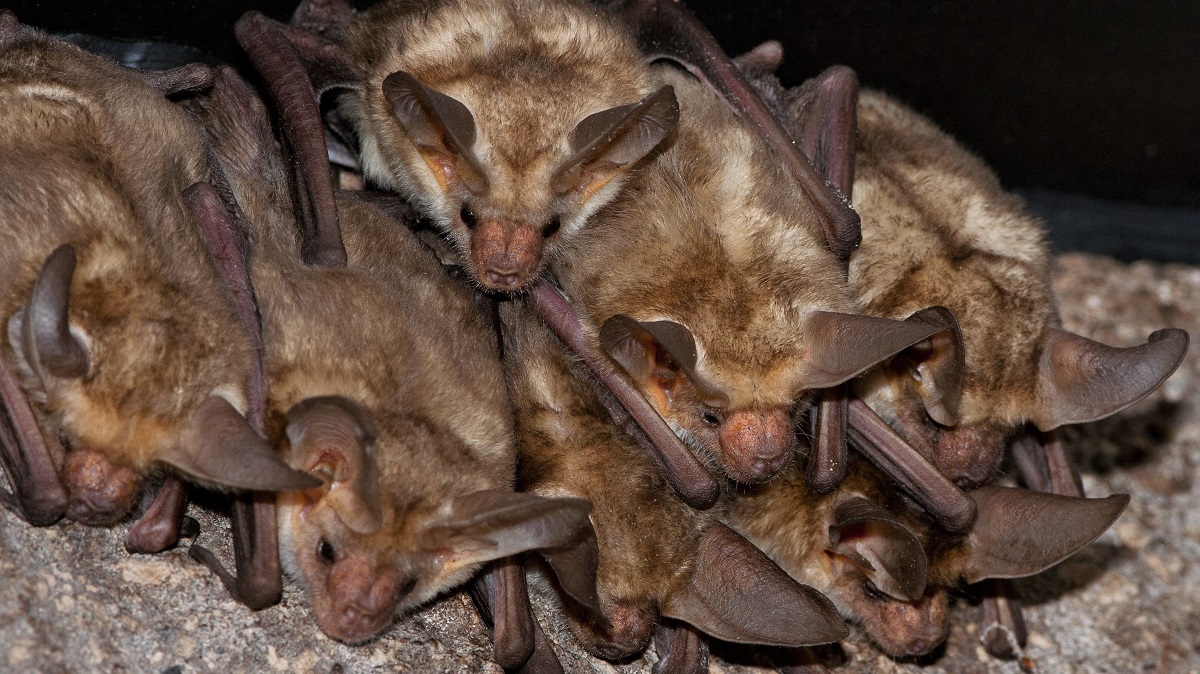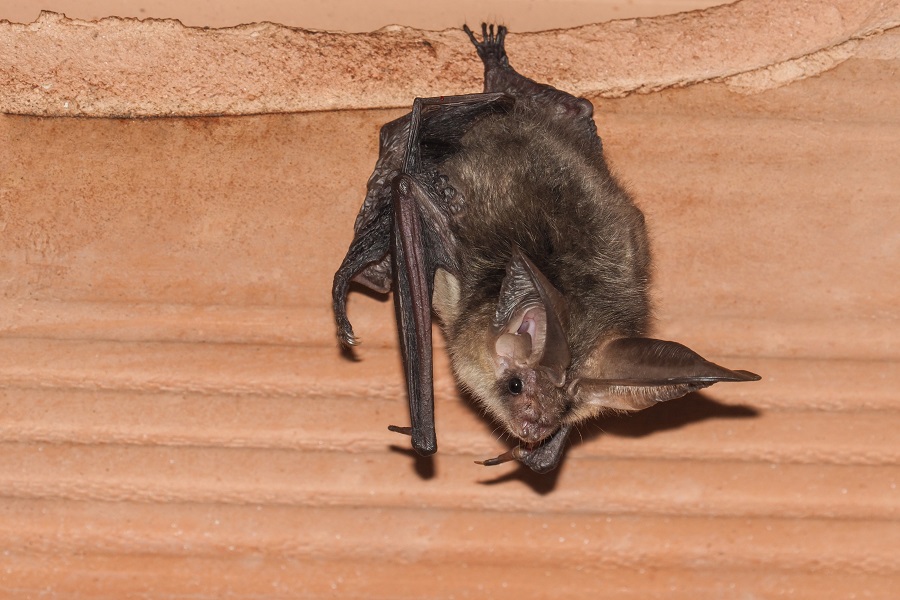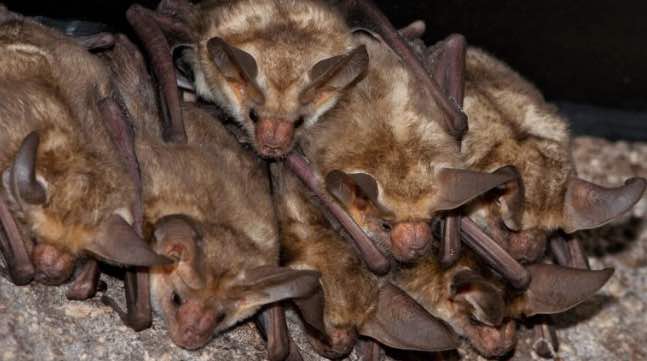Is your yard swarming with mosquitos? An excellent way to keep flying insects at bay without harmful chemicals is to recruit bats to eat them. Providing bats with the right habitat encourages them to take up residence nearby.
Bats like to live in tight crevices in wooden structures, such as under the bark on a tree or even in window frames and attics. Some places are less ideal than others, so providing a bat box or bat house is an excellent way to encourage them to live in a desirable location. An ideal bat house will emulate the natural qualities they seek. It has a tight wooden space with some surfaces for bats to hang upside down in the daytime when they are sleeping, grooming, and interacting with other bats. Bats then leave the shelter at dusk to hunt for food.
Many models are relatively easy to build if you are just slightly handy. There are also numerous premade bat houses available that you can purchase.
Cedarwood is an excellent choice because it is so durable and naturally prevents rot and decay. Avoid using treated wood, which could be undesirable or even harmful to the bats.
This video guides viewers in making a bat box out of cedar fence posts and requires a circular saw.
You can download a free bat house construction plan from Bat Conservation International’s website.
The color of the bat box depends on where you live. If you are in a cold climate, including the Northeast and parts of the upper Midwest and Northwest, use a black or dark-colored box. Throughout much of the United States, a medium-colored box is ideal. Refer to this map to determine the best color for your area.
It is crucial to find a good location for your bat box to have the best chances of attracting a colony of bats. So let’s explore some of the most important factors to consider.
Bats like a sunny location where the box receives six to eight hours of direct sunlight. Direct sunlight is especially critical in colder climates where the sunlight is needed to stay warm. Thus, avoid hanging the bat house on a tree where it will be shaded or the north side of a house or garage. The east or south sides of structures are the best.
The best place to hang a bat box is on a pole (in moderate or tropical climates) or on the side of a structure. Trees typically provide too much shade, and the branches can inhibit flight, making them a less appealing location.
Mount the house at least 12 to 20 feet up in the air. The bat colony needs to be able to drop out of the box when they exit, so vegetation and other obstructions would block their flight. Also, bats fear owls and climbing predators, so hang your bat shelter at least 20 feet away from trees whenever possible.
Bats prefer living near a water source, such as a stream, lake, or pond. Such locations are also more likely to have a lot of insects for them to eat.
Like most wild creatures, bats prefer being located in lower-traffic areas. So avoid locations where the bats will be disturbed, such as near a busy highway or cat’s hunting grounds.
This varies widely depending on the need in your area for shelter. When the need is greatest, you might have bats move in within several days. Often, it can take months or possibly years for bats to take up residence. If you have a quality bat box and it is hung in a good location, be patient.
Bats play several vital roles, including dispersing seeds, keeping insect populations under control, and pollinating plants. Therefore, bats play a critical role in ecosystem health and agricultural productivity by mitigating the need for insecticide and preventing crop damage.
Sadly, bat populations are in decline for decades, partially due to White-Nose Syndrome, a fungal disease that has killed millions of bats. Other significant threats to bat populations are wind turbines and habitat loss.


Can I build my own bat house?
What color bat shelter do I need?
Where should I hang a bat box?
Sunny location
Mounting location
Proximity to water
A quiet location

How long will it take before bats move into the bat box?
Why are bats crucial for ecosystems?
The post Mosquitos Driving You Nuts? Attract a Bat Colony appeared first on Earth911.








